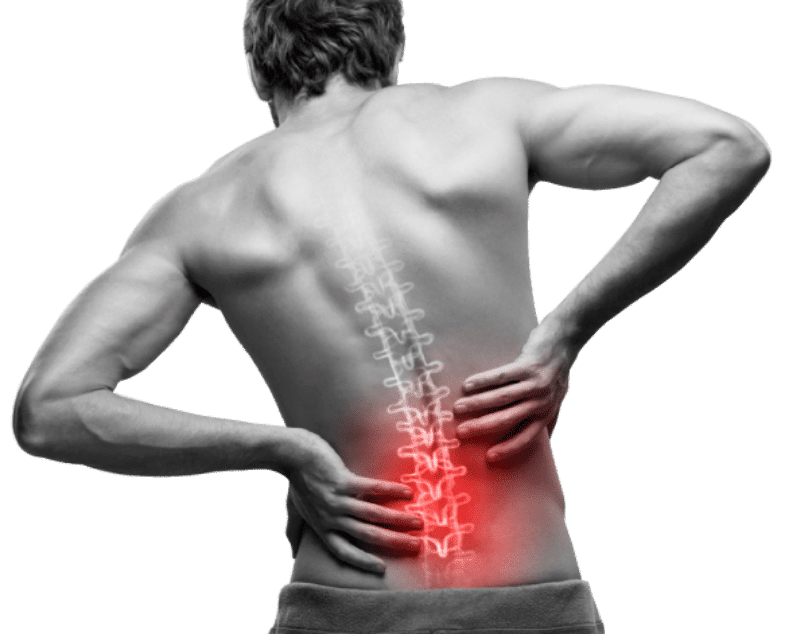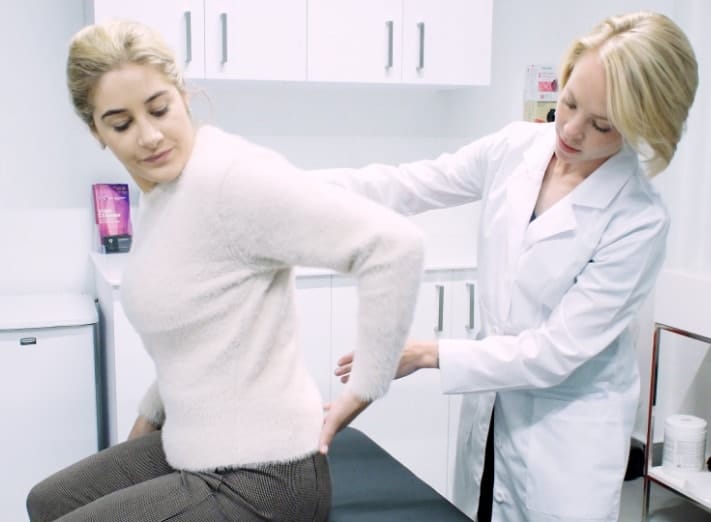The Ultimate Guide to Back Pain Treatments
Back pain is a common discomfort, especially among older adults. Back pain typically involves pain in the lower back, pelvis, or buttocks. An annual average of millions of people suffer from back discomfort.It is most common in people between 45-65 years old.
It can be caused by several conditions, including degenerative discs, arthritis, and injuries.
When you have back pain, your spinal muscles may get strained or injured due to lifting heavy items or getting up too quickly from a chair or bed. This can compress the spinal cord's nerves, causing severe back pain.
What is the type of back pain?
There are four types of back pain
● Acute pain comes on suddenly, is very strong, and passes quickly.
● Subacute pain is similar to acute but lasts for a longer period.
● Chronic pain is ongoing, constant, and long-lasting.
● The source of neuropathic or nerve-related back pain is inflammation or damage to the spine's nerves.

How to Reduce Back Pain?
● If your back pain is caused by an injury, the best way to cure it is to treat it rather than just focusing on reducing the symptoms.
● Keep your spine aligned and avoid movements that could cause further damage or irritation.
● Moreover, different massage techniques can be tried to help relieve pain and tension in the back.
● Taking hot showers or baths is another treatment that might assist in relieving back tension.
● Many people find relief from back pain through relaxation techniques, such as meditation or deep breathing exercises.
How is the cause of back pain diagnosed?
Your physician will consider the following information:
● Patient characteristics: For instance, arthritis and elderly age are related. Obesity increases the risk of disk deterioration and strains the back. Engaging in other activities or lifting weights could be a contributing factor.
● Patient history: The physician asks questions to determine if there was an accident or other specific trigger for an injury causing the pain. The physician also asks when and where you feel the pain and how long you have been to experience it. In addition, the doctor will inquire about the location, timing, and duration of your pain.
● Medical assessment: The evaluation's main focus is the site of the pain. Part of this process is identifying whether the pain is axially confined to the lower back or radiating to the buttocks, legs, and feet.
● Imaging and other test results: A (CT) scan, an (MRI), an ultrasound, a bone scan, and an X-ray are available options.

What treatment can provide back pain relief?
It is best to consider and use multiple back treatments for back pain. They might include:
Pain relievers: NSAIDs (nonsteroidal anti-inflammatory medicines) like naproxen, sodium (Aleve), or ibuprofen (Advil, Motrin IB, and other brands) may be useful. Only take these drugs as prescribed. Severe side effects may result from overuse. Your healthcare professional may recommend prescription NSAIDs if over-the-counter pain medications are ineffective.
Relaxants for muscles: A muscle relaxant may assist if pain medicines fail to alleviate mild to moderate back discomfort. Muscle relaxants may make you drowsy and dizzy.
Topical pain relievers. These products, including creams, salves, ointments, and patches, deliver pain-relieving substances through the skin.
Antidepressants: Some types of antidepressants, particularly duloxetine (Cymbalta) and tricyclic antidepressants, such as amitriptyline, have been shown to relieve chronic back pain treatment.
Physical therapy: Stretches and workouts can help increase mobility and flexibility, support good posture, and strengthen the core muscles that support the lower body.
Surgery: When all other options have failed, surgery is typically considered the final option. However, earlier or immediate consideration of surgery is warranted for some conditions. The Made for This Moment back surgery page details surgical options and pain management considerations.
Takeaway
The back pain specialists NJ teams are here. Then, get ready to schedule your consultation appointment. If you have issues regarding back pain treatment and conditions, consult your back pain doctor New Jersey.
All doctors are board-certified and routinely perform all procedures with the highest standard of care and expertise. Come see how great a pain-free life can feel!
Comments
Post a Comment